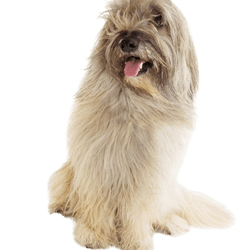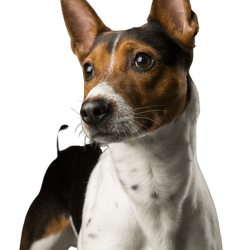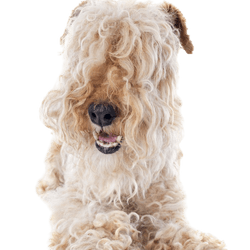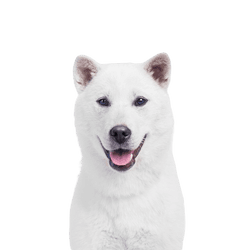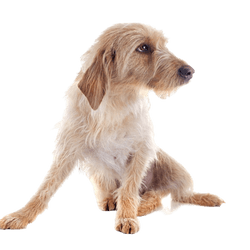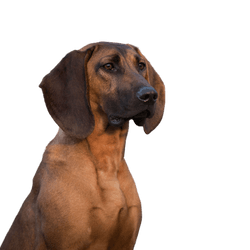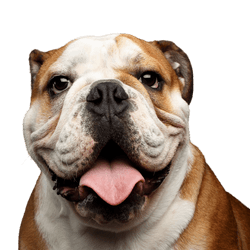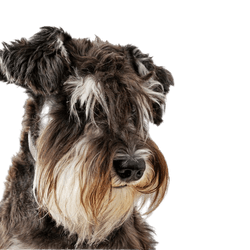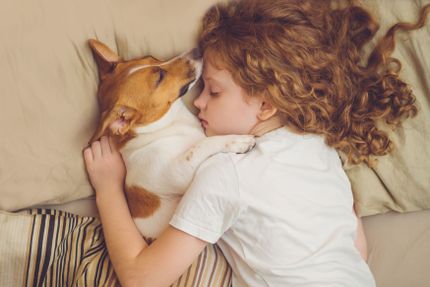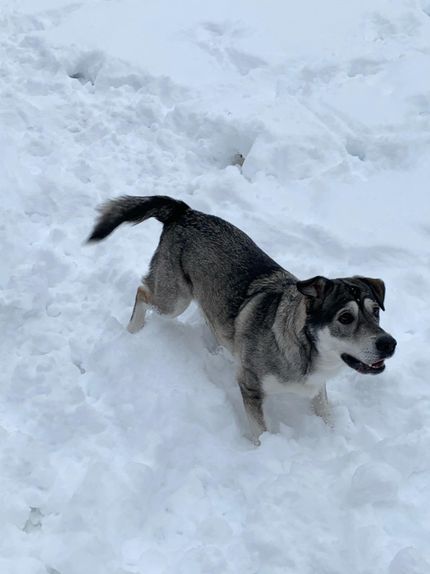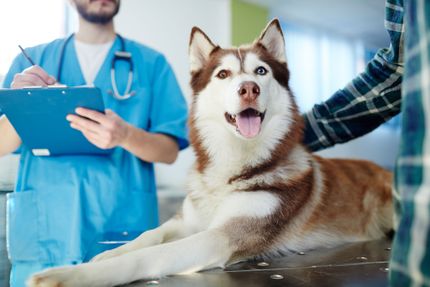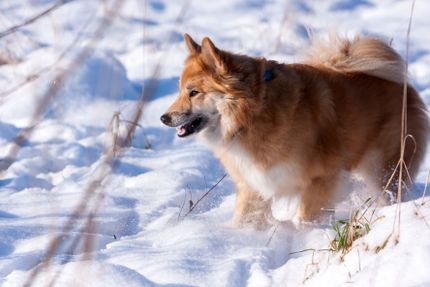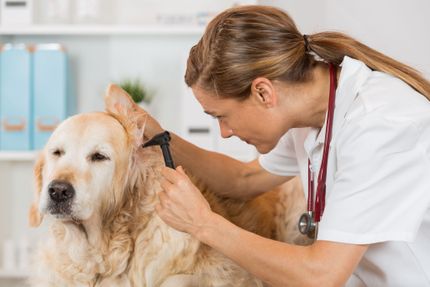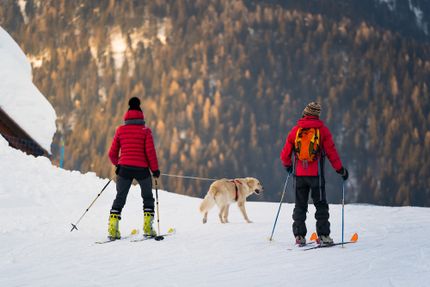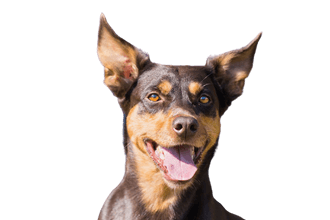
Kelpie Breed description: Character & Co
Kelpie
Facts & Origin
What is the origin of a Kelpie?
The Australian Kelpie originates, as the name suggests, from Australia. Starting in 1850, Scottish Collies were imported into the country, from which farmers bred working dogs. In 1872 the first Sheep Dog Trial took place, the winner of which was a bitch belonging to this unknown breed. Because of the call name "Kelpie" it was decided to use this name as the official breed name. So Kelpie became the foundation mother of a new breed and got many Kelpie puppies. The demand among breeders was great, because the Kelpie was made for working on flocks of sheep. It performed tasks intended for several men with ease. It did not mind the heat and various sandstorms. In the beginning, other herding dogs were probably crossed with him. Today it is listed by the FCI under group one in section one. The similarity to the Dingos is limited purely to the exterior. There is no relationship between the two breeds.
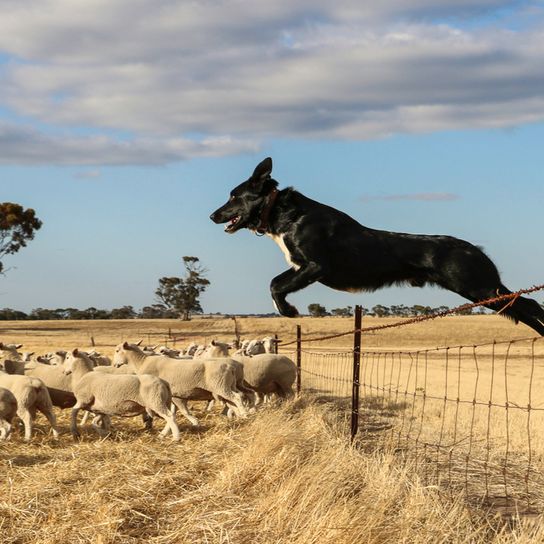
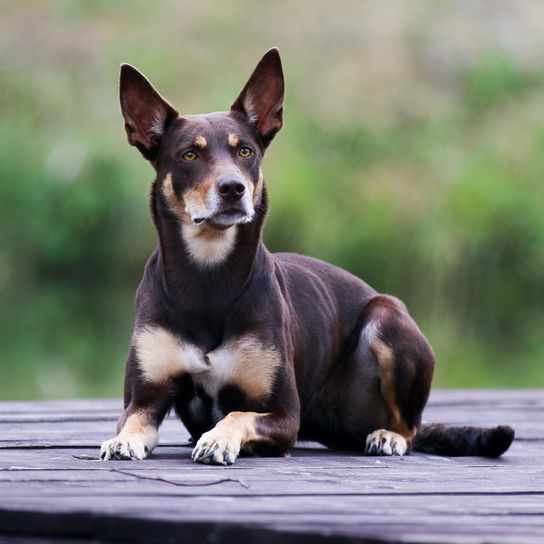
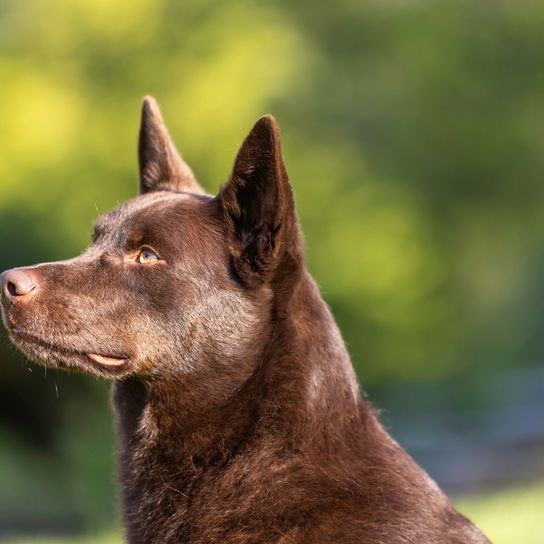
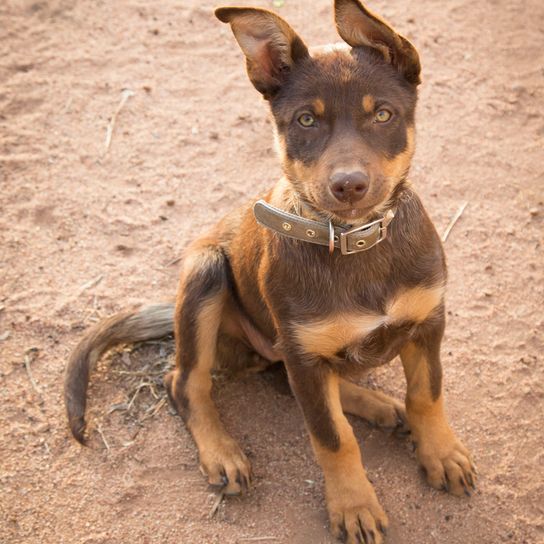
| Alternate Name | Australian Sheepdog, Australian Sheepdog, Barb |
| Origin | Australia |
| Life expectancy | 12 - 15 years |
| Care requirements | low-maintenance |
| Activity level | high |
| FCI group | Sheepdogs |
| AKC group | Foundation Stock Service |
| KC group | not recognised |
Attitude, character and temperament of the breed
What are typical character traits of a Kelpie?
It is the perfect image of an agile and lively dog that strides confidently through life. The exuberant temperament paired with a high intelligence he likes to use to guard its family as well as house and garden. In doing so, it can bark very persistently and eagerly. Towards strangers it is a bit reserved and suspicious at first.
It would love to herd sheep all day long. Here it makes a good figure in the enclosure as well as in the free area. A similar activity, such as agility or retrieving, is definitely an enrichment for him.
If it is kept as a family dog, it is well-balanced and adventurous. It is one of the easy to handle and gentle dogs and is always loyal to its family.
What should be considered when keeping a Kelpie?
The Kelpie is a true workaholic who wants to be exercised both physically and mentally. Exercising tasks as well as intelligence games are suitable for this purpose.
Here are some examples:
- Lunging
- Frisbee
- Mantrailing
- Obedience
To keep it manageable as a leisure dog, you should quickly teach him to slow down. Because of its very high independence he is not a beginner dog. Also a living together with small children should be better renounced.
In general the care expenditure keeps itself within limits. It makes no special demands on its feeding and only in the change of coat it should be brushed regularly.
Character
Usage

Health and breeding information
What are typical diseases of a Barb?
The breed is still considered very robust today. There are no known hereditary diseases.
Some dogs have been diagnosed with cerebral abiotrophy, which is a disease of the cerebellum.
Australian Shepdog: Kelpie breeding - where, how, what?
Today the Australian Kelpie is not without reason often called "Show Kelpie". For a long time Kelpie breeders put a lot of emphasis on appearance and colour in order to achieve good results at dog shows. Fortunately, breeding in Europe is now moving back towards trainability, health and athleticism.
In general, dogs that are too fearful, aggressive or sick are excluded from breeding.
In Germany there are currently only ten registered breeders. If you are planning to buy a Kelpie, you can contact the breeders via the VDH website.


What are the breed characteristics of a Kelpie?
He is a medium-sized dog with pronounced musculature. Its trunk length minimally exceeds the height at the withers. The head resembles that of a fox. The almond-shaped eyes are of medium size and the eye color matches the coat color. Its ears are relatively wide apart and taper to a point at the top, while the inside is hairy. The muzzle is clearly contoured. The neck features a collar and blends smoothly with the shoulders. The horizontal upper profile line with the drawn down flanks as well as the rather deep chest and the sloping croup are very typical for the breed. The tail with strong brush hangs down in an arch. When excited, it is proudly raised.
Overall, the Kelpie is considered a very nimble and agile dog, whose movement is always fluid and free.
Appearance and Coat of the Kelpie
The dense and harsh top coat lies flat against the body and consists of stock hair. The hair is longer on the neck and underside than on the front and paws. On average it is 2 - 3 cm long. Barb additionally have a dense and short undercoat, which protects them effectively against cold and rain.
The coat color ranges from smoky blue and chocolate brown to red-tan and red to black-tan and black.
How big does a Kelpie grow?
Female Kelpies are slightly smaller than their male counterparts at 43 - 48 cm. The latter reach a size of 46 - 51 cm.
How much does an Australian Shepherd weigh?
Adult dogs weigh between 14 and 20 kg.
How old does an Australian Kelpie live?
The life expectancy is 12 - 15 years, depending on the attitude and area of use.
| Fur length | short |
| Fur | flat coated |
| Ear shape | Standing Ears |
| Tail | lang |
| Anatomy | muscular, strong, sporty |
| Size ♀ | 43 - 48 cm |
| Weight ♀ | 12 - 20 kg |
| Size ♂ | 46 - 51 cm |
| Weight ♂ | 14 - 21 kg |
| Suitable For | - |
Colors




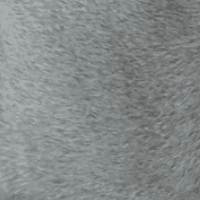

Other medium dogs
Useful Articles
You can find articles that might interest you in the dogbible blog to match your favorite breed.
Visit our magazineto stay up to date on dog trends.
To find out more, view our Privacy Policy
Find here the breed that suits you and find out what character traits it has. Here you can also learn more about the origin, size and weight of your favorite breeds.
Matching your favorite breed, you'll find articles that might interest you on the dogbible dog blog.
Dogs in cars - what to watch out for, legal situation and important information
Cat grass for the dog? Is there such a thing? Dangerous?
BH exam for the dog - procedure, costs, tips





